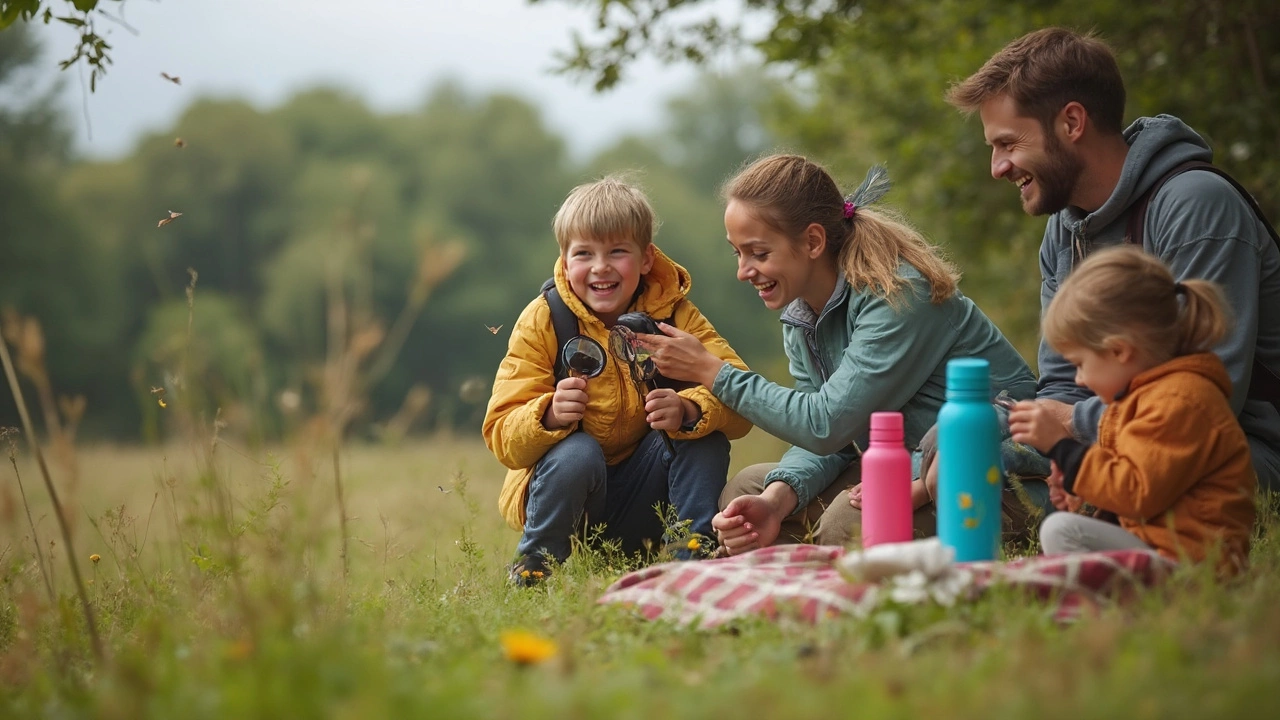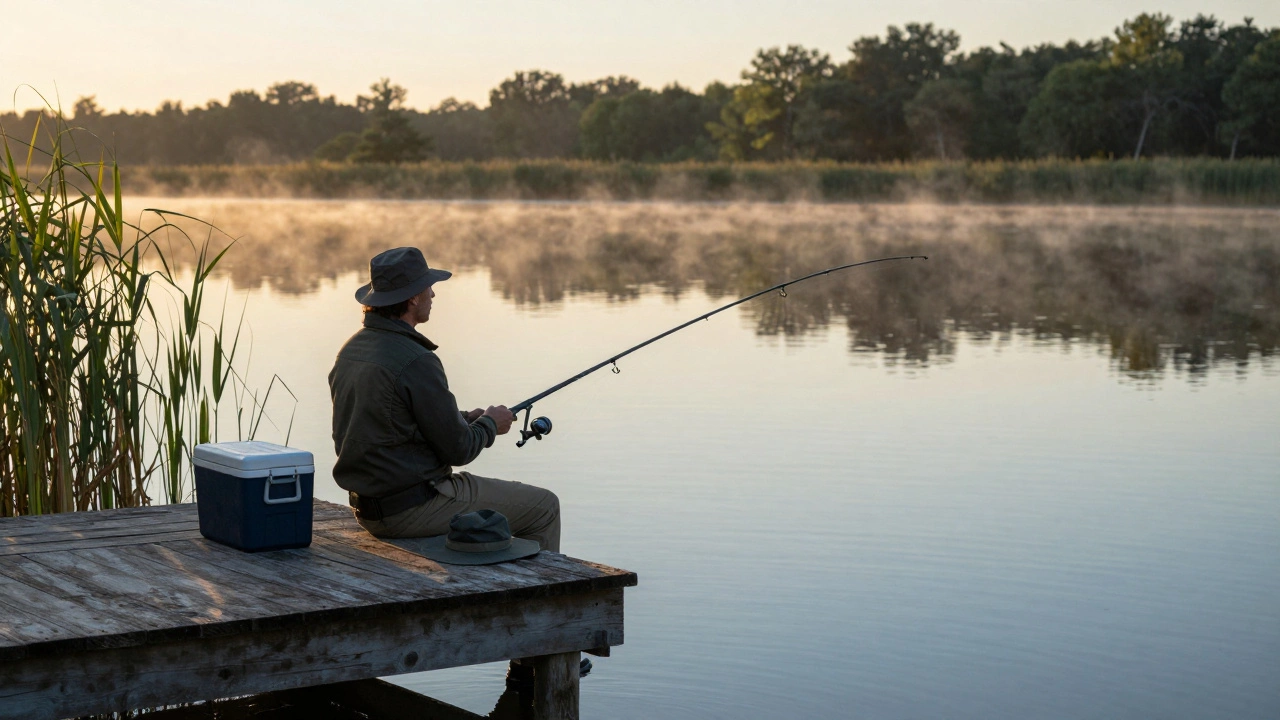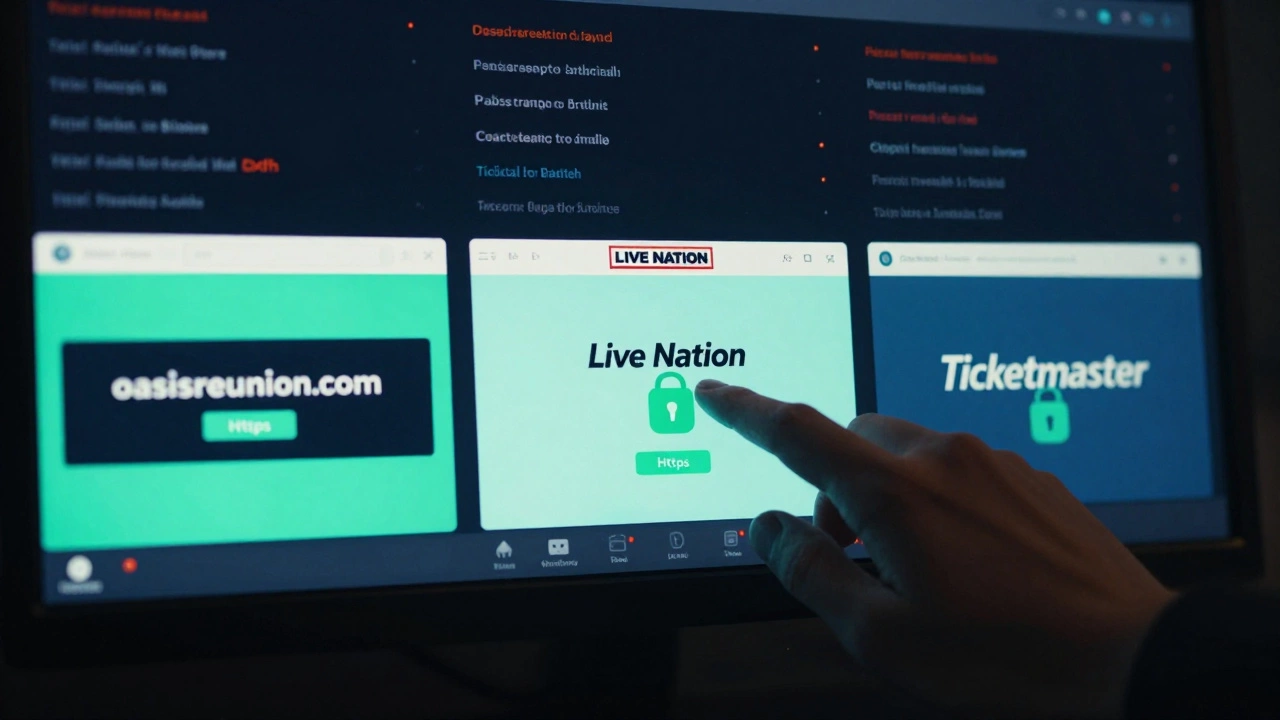Kids and Nature: Easy Outdoor Activities for the Whole Family
Getting kids outdoors doesn’t have to mean long hikes or pricey gear. A little imagination, a few everyday items, and a safe spot are enough to turn any space into a nature playground. Below you’ll find quick ideas that work in a backyard, a local park, or even a schoolyard.
Backyard Adventures
Start with what’s right outside your door. A simple bug hunt can teach kids about insects while they burn off energy. Grab a shallow container, a magnifying glass, and a basic guide (or just use a phone search). Let the kids gently scoop up ants, beetles, or snails, look closely, then release them safely. This tiny activity builds observation skills and respect for living things.
Next, try a nature scavenger hunt. Write a list of items like a smooth stone, a red leaf, a pinecone, or something feather‑shaped. Give each child a small bag and let them race to collect the items. You can vary the difficulty by adding clues such as “find something that feels crunchy when you step on it.” The hunt keeps kids moving and sharpens their awareness of textures, colors, and sounds.
If you have a garden, involve the kids in simple planting. Choose fast‑growing seeds like radishes or beans. Show them how to space the seeds, water them, and watch the sprouts appear in a week. Watching a plant grow from a seed to a leaf is a powerful reminder of nature’s cycles.
Local Park Exploration
When you head to the nearby park, turn the walk into a learning walk. Pick a theme—trees, birds, or clouds—and ask kids to point out examples. For trees, notice bark patterns or leaf shapes; for birds, listen for calls and try to locate the source. Keep a small notebook so they can sketch or write what they see. This turns a casual stroll into a mini‑science lesson.
Bring a lightweight frisbee or a soft ball for a game of “nature tag.” The rule is simple: you can only step on grassy or natural surfaces, not paved paths. This encourages kids to explore the whole area while staying active. You can also set up a simple obstacle course using park benches, low logs, and stones—just be sure everything is safe and stable.
Don’t forget water play. In summer, a shallow bucket of water with floating leaves, twigs, and small toys becomes a mini‑aquarium. Kids can experiment with sinking and floating, or try to move objects using sticks. It’s a hands‑on way to talk about density and buoyancy without a science lab.
These activities need minimal preparation, cost almost nothing, and work for kids of different ages. The key is to stay present, ask open‑ended questions, and let curiosity guide the fun. By making nature a regular part of family time, you’ll help kids develop a lifelong love for the outdoors while building confidence and teamwork.
Ready to try something today? Grab a notebook, step outside, and let the adventure begin. Your backyard or local park is full of stories waiting to be discovered—just add a curious child and a willing parent.
Nature Hobbies: Fun Ways to Explore the Outdoors
This article shares fun and practical nature hobbies for anyone eager to spend more time outside. You'll find tips for families, interesting facts, and beginner-friendly ideas that make exploring the outdoors feel easy. Whether you're looking for solo adventures or activities to do with kids, you'll get real-world advice on how to get started and what to watch for. No jargon or fluff—just straight talk, hands-on info, and plenty of encouragement. Perfect if you want to make nature part of your routine.






